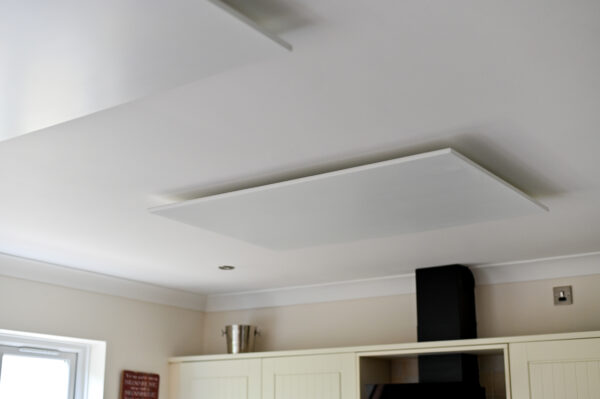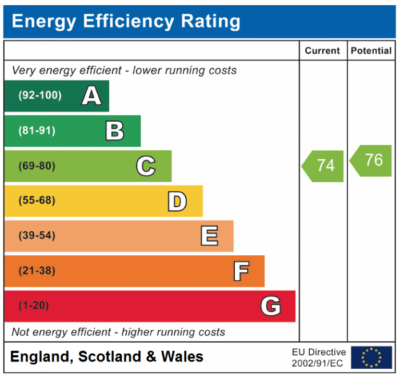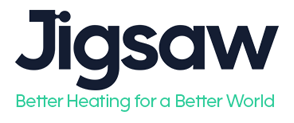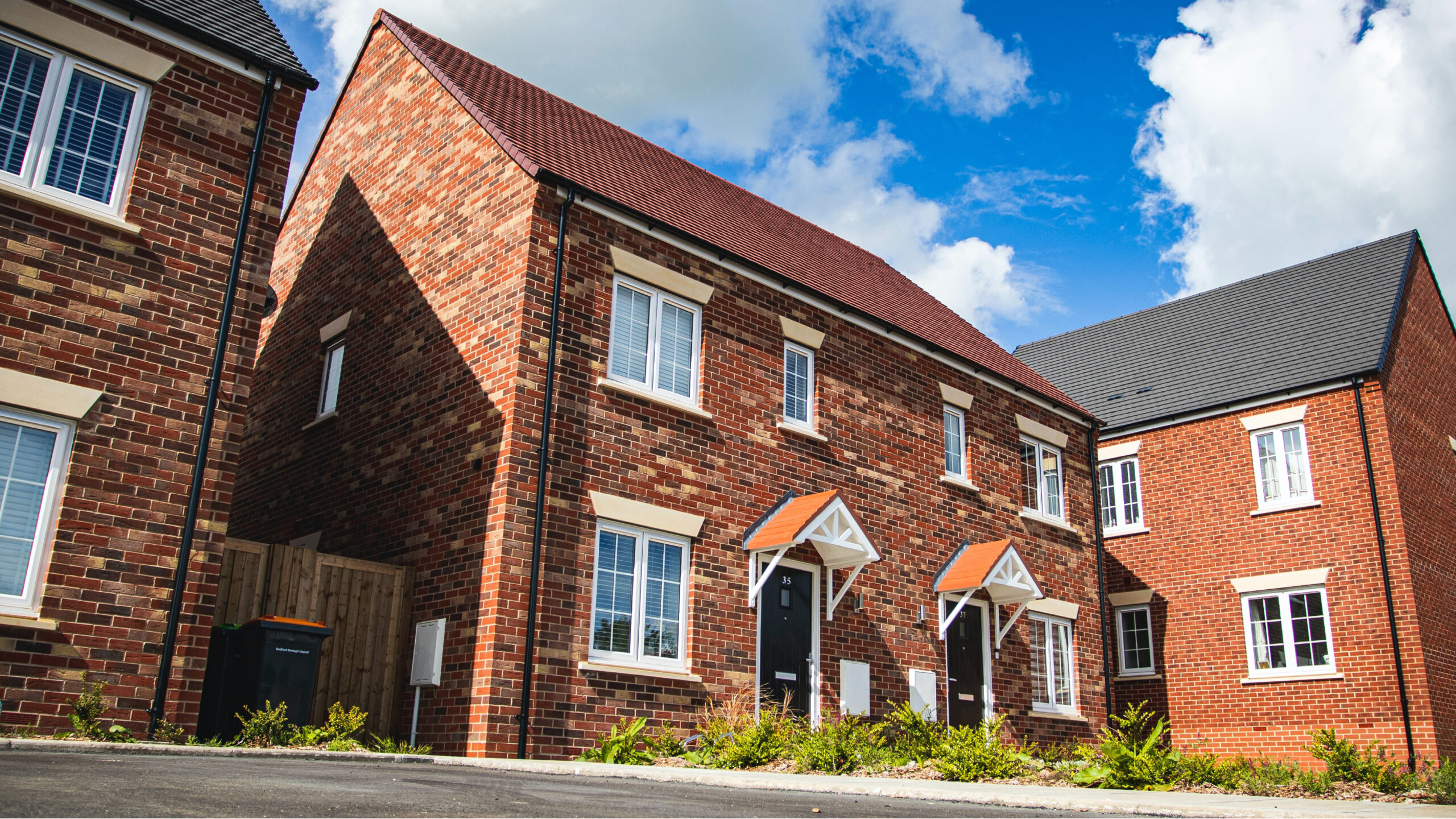Are you looking for more information on if infrared heating will improve your EPC rating?
This article discusses how far infrared heating can give you a better EPC rating and help you future proof your property. With the new EPC regulations requiring properties to be rated E or above, finding out if a product is going to improve your properties’ efficiency rating is a must.
So, let’s get into how to improve EPC rating with Jigsaw’s infrared heating…
Introduction to Infrared Heating
Infrared heating is a type of electric heating that does not use the surrounding air to transmit heat. Unlike other supplemental heating appliances, infrared heaters emit infrared radiation (far infrared). That warms the objects first and the air secondary. Which makes them more energy efficient. As this type of heating does not depend on air to transfer heat, it does not ventilate your home while improving air quality. Therefore, giving a better EPC rating.
Furthermore, many other benefits come alongside with this type of heating such as improvement in RDSAP and SAP ratings due to less energy used for ventilation.
Infrared heating panels are an efficient way to heat objects, as they use infrared heat directly. Without having to heat up the air first. Different types of infrared heaters have different thermal efficiency ratings. So it is important to do your research before deciding on which heater is right for you. When comparing different types of infrared heating systems, you should also consider the running costs of the system. The running costs of the system will depend on its overall efficiency and power requirement. Electric heating systems generally require much lower power requirements than other types of heat sources. Such as gas or oil-fired boilers. This can result in lower operating costs and a lower cost per hour for energy consumption.
Additionally, zone heating with infrared heaters creates almost no loss due to draughty door frames or people opening doors. As given time for frames and people to warm up again before they escape out of the building. Moreover, zone heating allows for high efficiency with infrared heaters as you can also avoid wasting energy by not heating unused space.

The Latest SAP Report break Down
The first thing you really need to know about infrared EPC rating is that there are always ongoing tests to show the efficiency of infrared heating panels. SAP reports are updated regularly to help show you which products will improve your property.
With the latest SAP report (April 2022) the heating system section has improved drastically with the following data:
- SAP 10.2 has significantly reduced the carbon emissions of electricity to 0.136 kgCO2/kWh (averaged over a year) – this is a reduction of 73.8% over the emissions assumed in SAP 2012
- At the moment infrared heating systems come under electric panels even though they are much more effective and more importantly more efficient in comfort level heating.
- The SAP reports that infrared heaters are 100% efficient. Whereas gas boilers are around 90% efficient.
- The responsiveness is rated 0.75 (the temperature reduction once the heating has turned off).We found with our in-house studies with Aston University that infrared heating is much more responsive than the SAP report states. Our studies showed that when the room temperature reached 23.5 C, the thermostat switched off automatically.Then when the room temperature decreased to 22C within 1 min, the thermostat switched on automatically and the temperature increased to 22.5 C. This helps maximise savings because it is turned off once the optimal temperature has been reached. In addition, even when the infrared heating is turned off it will still keep you warm. Because it is a direct heat just like the sun. Additionally, combined with our SMART control system it allows for a quick responsive time.
Evidence
The electric ceiling heaters are marked as RdSAP which means that it is part of the reduced data set. Therefore, It is difficult to get an accurate EPC rating using the RdSAP report. Therefore, we advise getting a full SAP10 report instead.
We say this because of some recent case studies that have been completed with infrared heating.
Firstly, with our Wolverhampton report the selected home was designed to obtain EPC level B. With an existing gas heating system, 5,023 kWh heating energy per annum. In terms of space heating efficiency. Jigsaw’s IR heating systems offer 45% improvement compared to the existing gas central heating system, which is comparable to air source heat pump systems.
Secondly, a newly renovated property, with infrared heating, were left with an E rating. Although, with a full SAP report, the house was then rated a C. As the power rating of the heaters were recorded. After a full audit, their EPC rating moved up two whole ratings, 100% accuracy and secured the C rating.
Click here for the latest SAP 10.2 report.
How Is EPC Rating Calculated?
You might now be wondering how EPC rating is calculated. There are a few factors that are calculated through the energy auditing software. They will rank your property from A (very efficient) to G (inefficient). The certificates will include the following information:
- Energy efficient rating
- Recommended measures to improve your home’s energy performance
- Environmental Impact CO2 rating
- Estimated energy use, carbon dioxide (CO2) emissions and fuel costs of this home.
Now let’s compare these requirements to Jigsaw’s infrared heating and the studies we have found.

Energy efficiency rating
The University of Wolverhampton conducted a study with us which revealed that infrared heating uses 100% of the energy emitted due to its unique method of heating a room. The radiation serves as the main transmitter of heat from the warm surface of the floor to humans, objects, and other surfaces of the building with an infrared heating system. In comparison to convective heating, which only warms air that is lost through draughts, infrared heating creates a pleasing atmosphere with consistent humidity and minimal convection currents.
Another bonus to infrared heating is how quickly the room is heated up. Gas central heating can often take around 30 minutes before occupants can start to feel the warmth. As it heats the air within the space. Infrared heating heats objects, not the air, meaning that the warmth can be felt much quicker. Normally less than 10 minutes. Resulting in an efficient quick heating system.
Click here for the full study.
Recommended measures to improve your home’s energy performance
Improving your insulation will significantly enhance the efficiency of your home with infrared heating as the better insulated the walls and the roof space, the more heat will be retained and the less the panels will need to work. However, even if your home isn’t well insulated it doesn’t mean infrared heating won’t work. You will just need a higher wattage panel to ensure evenly spread heat.
In addition, if you are looking to add other green electric solutions to your property to improve your homes energy performance. Jigsaw Infrared is a one-stop shop for Hot Water, Battery and Solar alongside our infrared heating.
Combining these with infrared heating will help increase your EPC rating.
Mixergy tank
We asked our hot water partner Mixergy for a statement on their EPC rating that they conducted. They said “Mixergy hot water tanks are a cost-effective and efficient way to reduce carbon and improve the energy performance certificates of the nation’s housing stock. The technology’s ability to offset carbon while requiring less energy to heat water because of its patented top-down heating technology means Mixergy requires less solar PV. (by as much as 40% when combined with electric heat) to improve primary energy scores in new dwellings. While in retrofit projects, Mixergy is proven to offer an average gain of 4 points in an EPC rating, when combined with solar PV, and that’s on top of the PV gain.”

Environmental Impact CO2 rating
There is no C02 impact through infrared heating as it is electric heating, so it doesn’t burn any fuels or any harmful gases.
For more information on why infrared heating is a green heating system against SAP click here.
In addition, Infrared heating doesn’t dry out the air producing better air quality. As it doesn’t need the air to heat up a room. Also, it prevents mould from building up, for instance around windows and in bathrooms. This is due to infrared heating transmitting waves that dry the walls from the inside out drying them out quicker. Poor air quality has been linked to health problems in some social housing properties.
Here is a video comparing gas central heating and infrared heating that has been installed for 2 years in the same controlled environment.
Estimated energy use, carbon dioxide (CO2) emissions and fuel costs of this home
It is important to consider the fixed kWh budget and SAP calculations as this will give an indication of how much energy can be used for a certain temperature. Infrared heating is one of the cleanest and greenest ways of heating a room as it does not release any harmful gases or pollutants into the air.
In the study with Aston university the power consumption was 0.8kWh (IR power is 800W x time (1 h)) to heat the room from 14 to 21 and then it will consume 0.2KWh. This will cost 13 pence/h and 3.25 pence/h respectively. This calculation was assumed an electrical cost of 16.3 pence/KWh (0.8 x16.3=13 pence).
In conclusion, Aston provided technical information and characterisation for three different heating systems. They found that Jigsaw’s IR heating system can increase the room temperature to 18 C in 10 mins. Which is less than the other two heating systems (2000 W storage and convection) which take 15 and 17 min respectively. Also, the Infrared heating system can heat the room temperature to 22-23 C compared to up to 18.5 C for the other two systems. Moreover, the IR heating system has an efficiency 2 times higher than the 2000 W storage and convection heating system. Therefore, the IR panel used half the energy (50% less) of the storage heater and reached room temp in almost half the time. The other advantages are low weight, small size, and no need for thermal bricks.
Click here for the full report.
In Conclusion
The new SAP/RdSAP 11 is expected to be available from 2023-2024. It is therefore crucial that its development takes into account the current trends affecting housing, the energy system, technologies and innovations in performance testing.
We are in the works of completing more studies to change infrared heating panels RsSAP rating. As we know that it will improve any properties EPC rating as one of the best electric heaters for EPC rating.


